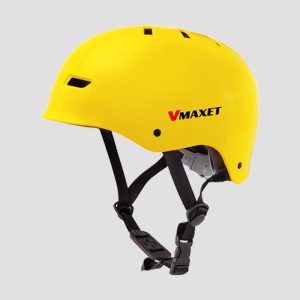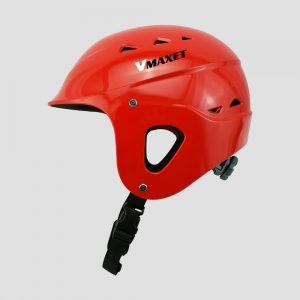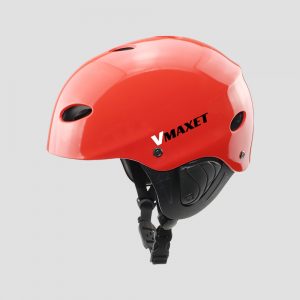- Marktanalysebericht über Wassersporthelme1. Market Overview
With the increasing popularity of water sports (wie Surfen, Kajakfahren, Jet Skifahren, und Windsurfen), Wassersporthelme, as essential safety gear, have seen growing market demand. The rise in consumer safety awareness and the improvement of relevant regulations have further driven market growth. According to market research data, the water sports helmet market is expected to maintain an annual growth rate of 6%-8% over the next five years.2. Market Drivers
- Increased Safety Awareness: As participation in water sports grows, so does the incidence of accidents, significantly boosting the demand for safety equipment.
- Regulatory Requirements: Many countries and regions have implemented strict safety regulations for water sports, with mandatory helmet-wearing policies driving market growth.
- Technological Innovation: The use of lightweight materials, breathable designs, and smart technologies (such as built-in communication devices) has enhanced helmet comfort and functionality, attracting more consumers.
- Tourism Development: The rise of water sports tourism, particularly in popular destinations like Southeast Asia and the Mediterranean, has spurred helmet demand.
3. Market Challenges
- Price Competition: The market is crowded with numerous brands, leading to intense price competition, especially from low-cost Asian manufacturers that pressure high-end brands.
- Seasonal Demand: Water sports are highly seasonal and weather-dependent, resulting in significant fluctuations in helmet sales.
- Consumer Education: Some consumers lack awareness of the importance of water sports helmets, necessitating stronger market education and promotion.
4. Regional Market Analysis
- North America and Europe: As mature markets, consumers here demand high-end helmets, emphasizing brand reputation and technological innovation.
- Asia-Pacific: A rapidly growing market, particularly in China, India, and Southeast Asia, where the popularity of water sports offers significant demand potential.
- Latin America and the Middle East: Emerging markets where tourism and water sports infrastructure development present growth opportunities.
5. Competitive Landscape
Leading international brands such as Giro, Bell, and POC dominate with their technological advancements and brand influence. Meanwhile, regional brands are capturing market share through competitive pricing strategies. Future competition will focus more on product differentiation and user experience.6. Future Trends
- Eco-Friendly Materials: Increasing focus on sustainability and environmental awareness will drive the adoption of recyclable materials.
- Smart Technology: Helmets integrated with sensors, communication devices, and other smart technologies will become a key development direction.
- Customization: Growing consumer demand for personalized products will make customized helmets a new growth area.
Abschluss
The water sports helmet market is poised for steady growth, driven by safety awareness, technological advancements, and the expansion of water sports tourism. Manufacturers and brands that prioritize innovation, sustainability, and consumer education will be well-positioned to capitalize on this growing market.
 MAX-HELM
MAX-HELM


